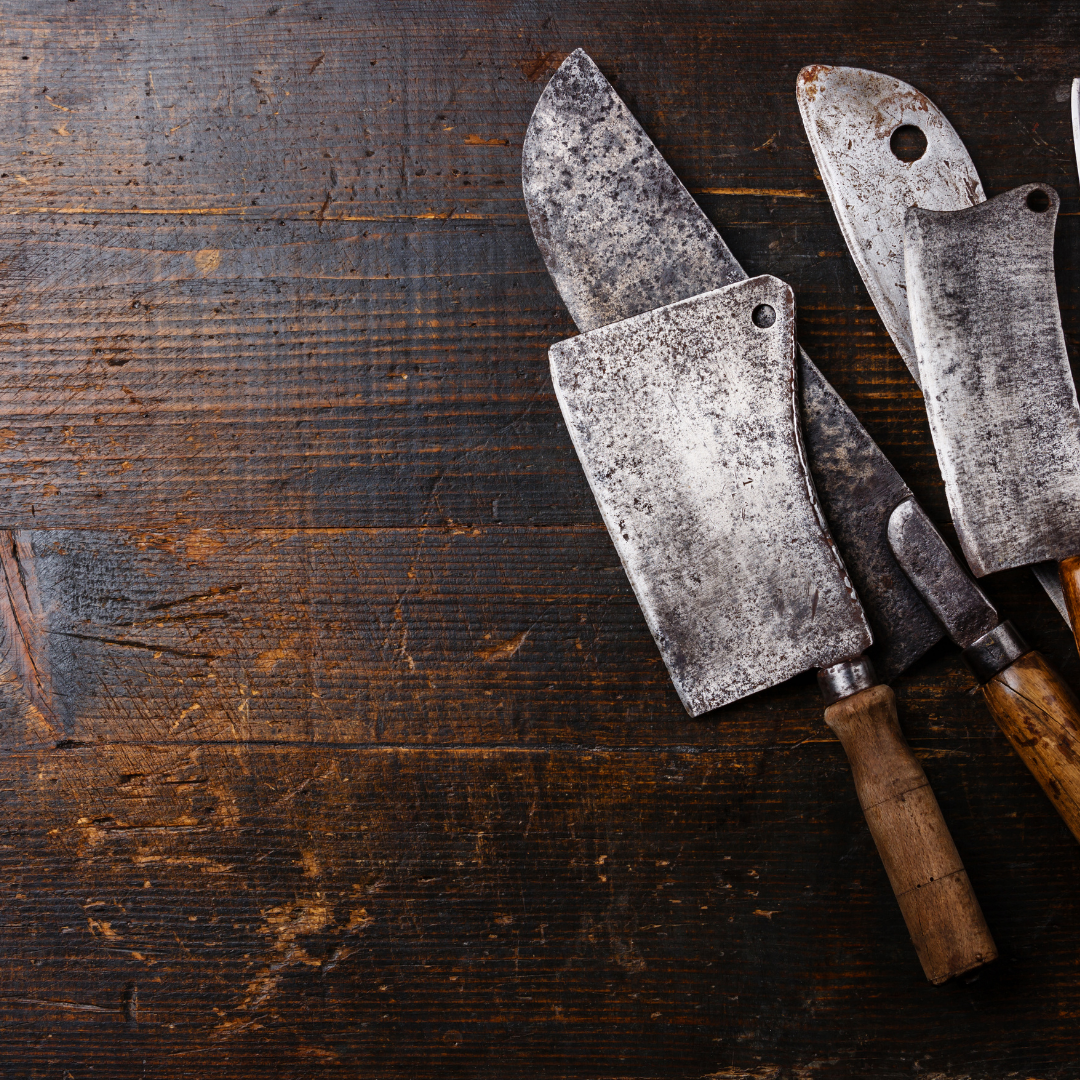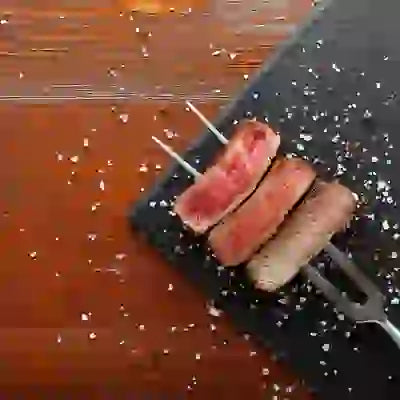Meat Preservation: Essential Tips to Store and Extend the Freshness of Your Meat Delivery
Getting a meat box delivered to your door is always exciting. You get to enjoy fresh quality meat directly from your online butcher shop, but it's important to know how preserve and properly store the meat delivered to avoid the risk of spoilage and foodborne illnesses. This article will guide you to follow the best practices for preserving and storing meat.
1. Why Proper Meat Storage and Preservation is Important:
The main reason why proper meat storage and preservation is important is to avoid the growth of bacteria that can cause foodborne illnesses. Meat is a perishable item that can easily spoil if not stored properly. When meat is left at room temperature for too long, it can grow harmful bacteria such as E. coli, Listeria and Salmonella, which can cause serious illnesses such as diarrhoea, vomiting, and fever. Properly storing and preserving your meat can extend its freshness and quality while reducing the risk of foodborne illnesses.
2. Understanding the Types of Meat Storage:
There are several types of meat storage methods, including refrigeration, freezing, vacuum sealing, canning, curing, and smoking. Each method has advantages and disadvantages. Consideration must also be given to the type of meat and how long it should be stored. For example, refrigeration is ideal for short-term storage of up to five days, while freezing is better for long-term storage of up to several months as long as the delivery date of the meet was noted.
3. Best Practices for Refrigeration Storage:
When storing meat in the refrigerator, it's important to maintain a temperature between 32-40°F to slow down the growth of bacteria. Leave your meat in its original packaging or wrap it tightly in plastic gladwrap or aluminium foil. Always label with the date of the meat delivery, as it's important to keep track of how long it's been stored in the refrigerator. Additionally, always keep raw meat separate from cooked food to prevent cross-contamination.
4. Freezing Meat the Right Way:
Freezing is a great way to preserve meat for extended periods. However, it's important to do it correctly to prevent freezer burn and maintain the great quality of the meat. Before freezing, ensure the meat is fresh and has not passed its expiration date. It's best to wrap the meat tightly in plastic wrap or aluminium foil to prevent air from getting in. Then, place the meat in a freezer-safe container, labelled with the date of freezing. When it comes time to thaw the meat, it's best to do it slowly in the refrigerator to prevent bacterial growth and maintain the texture and flavour of the meat.
5. Vacuum Sealing for Extended Shelf Life:
Vacuum sealing is a great way to extend the shelf life of meat by removing all the air from the packaging. This helps to prevent freezer burn and reduces the risk of bacterial growth. To vacuum seal your meat, you'll need a vacuum sealer and bags specifically designed for vacuum sealing. Place the meat in the bag, seal it with the vacuum sealer, and store it in the refrigerator or freezer. Vacuum sealing can extend the shelf life of meat up to three times longer than traditional storage methods.
6. Other Preservation Methods:
There are several other methods of meat preservation, including canning, curing, and smoking. Canning involves sterilizing meat and sealing it in a jar while curing involves adding salt and other ingredients to the meat to preserve it. Smoking involves exposing the meat to smoke for some time, which imparts flavour and helps preserve the meat. These methods can be more time-consuming and require special equipment, but they can be a great way to preserve meat if done correctly.
Frequently Asked Questions:
Q1. Can I freeze meat in its original packaging?
When you buy meat, it is not recommended to freeze it in its original packaging, as it's not designed for long-term storage. The packaging of meat from the store is typically not airtight, which can allow freezer burn. Freezer burn can cause the meat to become tough, dry, and develop an off-flavour. It's best to repackage the meat in airtight freezer bags or containers specifically designed for freezing. However, leaving the meat in the original packaging in the fridge is fine, as this is only short-term storage.
Q2. Can I refreeze meat that has already been thawed?
Refreezing meat that has already been thawed is generally not recommended, as it can increase the risk of bacterial growth and spoilage. When meat is thawed, the bacteria that may have been present when it was frozen can multiply. If the meat is refrozen, the bacteria can continue multiplying once it is thawed again, leading to foodborne illness. It's best to thaw meat in the refrigerator or cold water and only to thaw as much as you plan to use.
Q3. How long can I store meat for in the refrigerator?
The time that meat can be stored in the refrigerator depends on the type of meat and how it is packaged. Generally, raw ground meat, free range chicken and poultry, and seafood should be used within 1-2 days of purchase or thawing. Raw NZ beef, pork, and lamb can be stored for 3-5 days, while cooked meat can be stored for 3-4 days. It's important to keep the meat at a temperature between 32-40°F and store it in airtight packaging or its original packaging, tightly wrapped with plastic wrap or aluminium foil. Always check the expiration date and use your senses (smell, sight, and touch) to determine if the meat is still fresh enough and safe to consume.
Q4. Can I eat meat that has been in the freezer for a long time?
It will depend on how long the meat has been in the freezer and how well it has been stored. Generally, meat can be safely stored in the freezer for up to several months, depending on the type of meat and the packaging. However, if the meat has been in the freezer for an extended period of time, it can develop freezer burn, which can affect the taste and texture of the meat. Additionally, if the meat has been stored improperly or has been thawed and refrozen multiple times, the risk of bacterial growth and spoilage is increased. If ever in doubt, err on the side of caution and dispose of the meat.
In conclusion, proper meat preservation and storage is crucial to maintain your meat's great quality and safety. Whether you refrigerate, freeze, vacuum seal can cure, or smoke your meat, following the best practices and guidelines for each method is important. Keeping your meat at the correct temperature and packaging it properly can help reduce the risk of bacterial growth and spoilage while extending its shelf life. By following our guidelines, you can enjoy fresh and delicious New Zealand meat for longer periods while also ensuring your and your family's safety. Remember always to check the expiration date, use your senses to determine freshness, and never take chances with the safety of your food. With a little effort, you can preserve your great quality meat and enjoy many meals that will make your mouth water.
Now that you've learned the essential tips and best practices for meat preservation and storage, it's time to put them into action. Whether you've just received a fresh meat delivery from your online butcher shop or have some quality meat that must be stored, follow the proper techniques to ensure its freshness and safety. Share what you have learned to help spread the word about the importance of proper meat preservation and storage. And remember, always check the expiration date, use your senses to determine freshness, and never take chances with the safety of your food. Buy top quality meat online using butchery delivery straight to your door for great service and a great price. Dig out some new recipes, and happy cooking!









Leave a comment (all fields required)